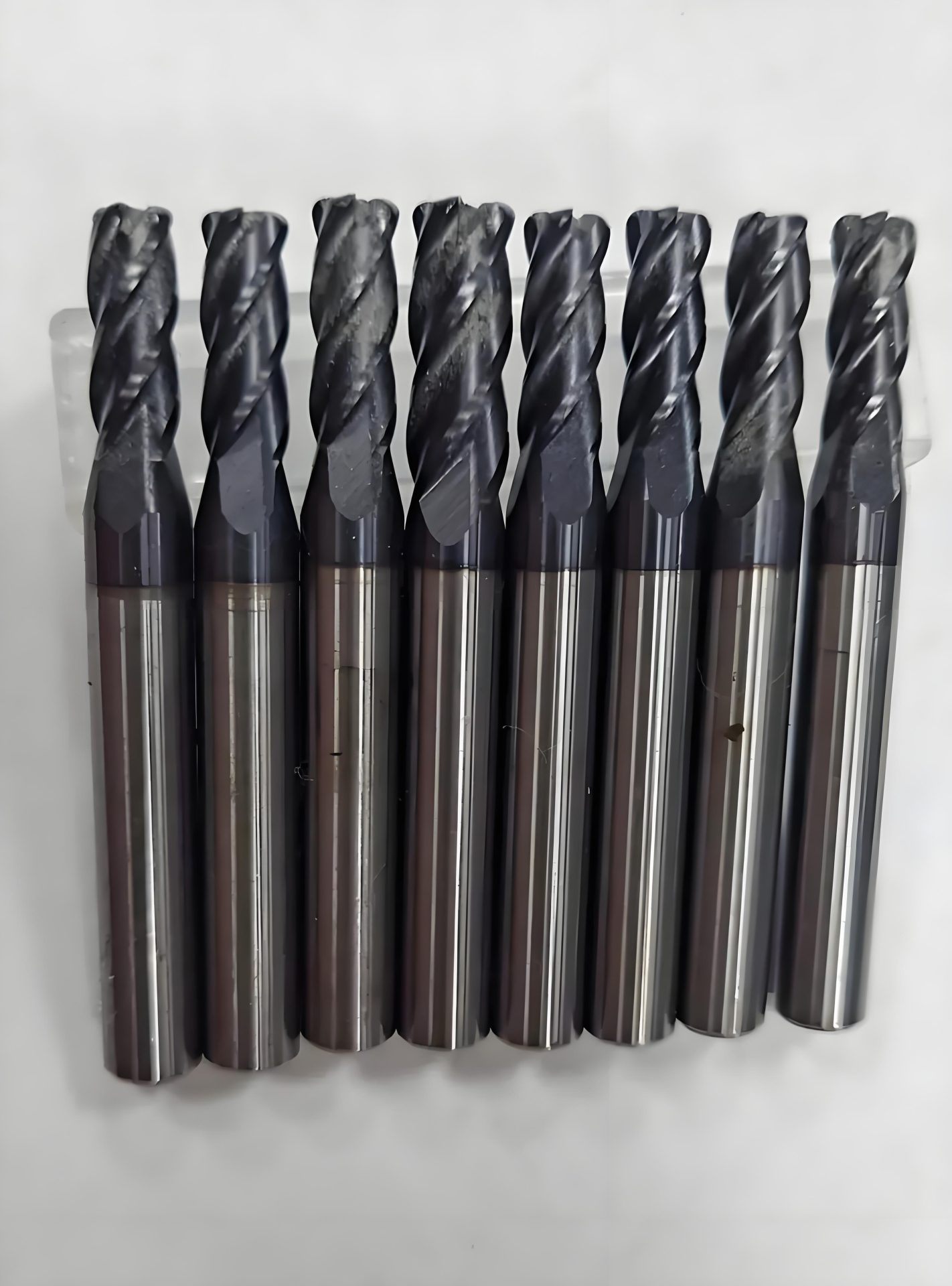When processing tungsten steel, the following tools are commonly utilized due to the material's high hardness, heat resistance, and wear resistance:
- Tungsten Steel Cutting Tools:
- Tungsten steel (carbide) cutting tools are characterized by high hardness, good strength, and toughness, maintaining their properties even at high temperatures. They are ideal for machining tungsten steel and excel in high-speed cutting and precision work across various materials like stainless steel, cast iron, and aluminum alloys.

- Diamond Tools:
- Diamond tools, known for their extreme hardness, are effective for precision machining and achieving mirror finishes on high-hardness materials like tungsten steel. However, they come with higher costs and exhibit anisotropic crystallization.
- Ceramic Tools:
- Ceramic cutting tools offer superior hardness and wear resistance, making them suitable for high-speed cutting and precision applications. They provide up to 10 to 20 times longer tool life compared to tungsten steel tools when cutting steel and boast excellent red hardness.
- Other Cutting Tools:
- Additional options include cobalt-based and titanium-based alloy tools, which are also suitable for tungsten steel processing. The choice depends on specific processing requirements and environmental conditions.
Considerations When Selecting Tools
- Cutting Speed, Feed Rate, and Depth of Cut: Ensure these parameters match the tool's capabilities to achieve optimal results.
- Machine Tool Selection: Utilize professional-grade machinery to support the selected tools.
- Cooling and Lubrication: Proper measures enhance both processing quality and efficiency.
By considering these factors, you can ensure the best possible outcome in terms of both processing effect and production efficiency.


